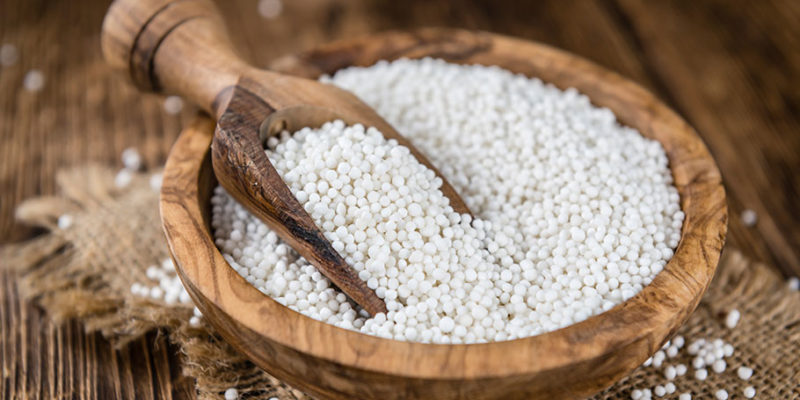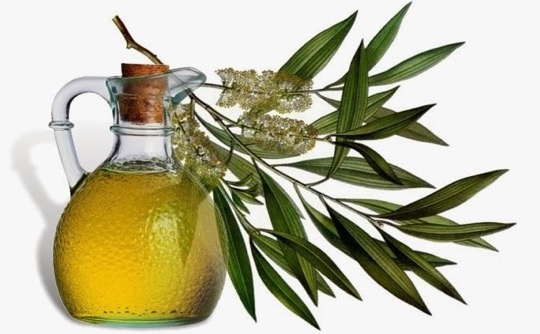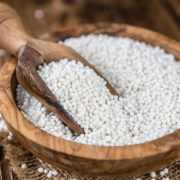Tapioca is created from an exotic plant called cassava. South America’s inhabitants have long appreciated its properties, and now it’s also becoming more and more popular in Poland. What are the nutritional values of tapioca, and what can it’s used for?
TAPIOCA – what’s WORTH KNOWING?
Tapioca is created from cassava – an exotic plant from the Spurgeon family from South and Central America. It’s produced within grinding cassava tubers and is most frequently within the sort of flour or groats-like balls. Tapioca is employed to thicken mousses, sauces, jellies, or puddings. It can replace pasta or traditional groats. It works great because the main ingredient of desserts can be used as a flour substitute. Interestingly, tapioca is employed to create bubble tea, i.e., bubble tea from Taiwan, which comes in many flavors and various additives. Cenforce 100 and Cenforce 200 used to improve ed.
HEALTH PROPERTIES OF TAPIOCA
Tapioca contains many valuable vitamins and minerals, because of which its variety of health properties. The tapioca comprises, among others, vitamins B1, B2, B6, C, PP, zinc, phosphorus, magnesium, potassium, calcium, and iron.
Vitamin B1 (Thiamin)
Supports the functioning of the nervous, cardiovascular, and muscular systems.
Vitamin B2 (riboflavin)
It conditions the correct processes of vision, is crucial for the secretion of cortisol, participates within the transformation of amino acids and lipids, supports the work of the systema nervosum.
Vitamin B6
It controls essential enzymes answerable for the course of critical biochemical processes within the body.
Vitamin C
It regulates the absorption of pathogenic microorganisms, accelerates wound healing, slows down skin aging, lowers pressure level, and reduces cholesterol levels.
Vitamin PP
It is a component of enzymes involved in the transformation of sugars, amino acids, and fats, supports the functioning of the system, participates in making red cells, and improves blood supply to the skin.
Zinc
About 200 different enzymes are present within the structure. It’s a significant impact on the condition of hair, skin, and nails.
Phosphorus
The condition of our teeth and bones depends on the acceptable level of phosphorus within the body. In smaller amounts, phosphorus is additionally stored in muscles and tissues.
Magnesium
Called the element of life, it takes part in about 300 biochemical processes happening within the body. It supports the work of the immune, nervous and muscular systems, participates in building bones and teeth, and reduces the chance of heart condition and hypertension.
Potassium
It is an electrolyte that enables the cells of the body to transmit electrical impulses to every other. Additionally, it helps to keep up an excellent vital sign and muscular tonus.
Calcium
It plays one of the main vital functions within the bone tissue mineralization process, participates in muscular contraction and conduction of data to cells, and influences the many enzymes and blood coagulation’s right functioning.
Iron
It is a part of the compounds that transport oxygen from the lungs to the tissues and is additionally necessary for the correct functioning of cellular enzymes.
What’s more, tapioca is hypoallergenic, and its composition consists of easily digestible protein and carbohydrates. Tapioca contains few calories, so it is a unique proposition for people aiming to change state. 100 grams of raw tapioca indeed equals over 350 calories, but when cooked, when it expands due to absorbing water, this value drops too but 160 calories.
Tapioca is additionally gluten-free, so people allergic to that, and people full of the disorder can eat it without worrying. Thanks to resistant starch content, tapioca affects the regulation of blood glucose levels – so it’s recommended for people with type 2 diabetes. Thanks to resistant starch, tapioca is additionally suitable for people littered with digestive problems and systema alimentarium diseases :
- stomach ulcers,
- ulcerative colitis,
- Crohn’s disease.
HOW TO PREPARE TAPIOCA?
The preparation of tapioca depends totally on the shape we decide on. Tapioca flour is often used immediately for cooking – it doesn’t require additional processing. On the opposite hand, tapioca within the variety of small balls is sometimes boiled in water or milk over low heat. Vidalista 20 and Fildena 100 are a very useful way to improve ed. The tapioca is prepared to eat when the balls become transparent.
Some people commit to process tuber shopping independently. Choosing this feature and not acquiring finished products, you should pay special attention to its proper preparation. Raw tubers contain the glycoside manihotoxin, which is poisonous. To neutralize harmful compounds, cassava tubers must be thoroughly washed and warmth treated – roasted or boiled.
WHAT IS TAPIOCA USED FOR?
Contrary to appearances, tapioca isn’t only utilized in the kitchen – it may also be an ingredient in body care cosmetics. It may be found in protective creams for skin that’s red, irritated, and exposed to abrasions. Tapioca starch is additionally employed in the assembly of dietary supplements and vitamin preparations.
THE MOST POPULAR TAPIOCA DISHES
However, tapioca is preferred within the kitchen. Tapioca pearls are perfect for preparing a dessert. When combined with milk, coconut milk, or water, the balls form a thick gel mass that’s perfect for this. to create a healthy tapioca dessert, you’ll need: cane sugar, coconut milk, salt, and seasoning. The tapioca balls should be poured over with milk, put aside for a minimum of two hours within the refrigerator, and mixed with cane sugar, a pinch of salt, and vanilla. Tapioca pearls may also be cooked in milk. And if we do not have time to cook, we can reach for a chocolate-almond bar with the addition of manioca.






